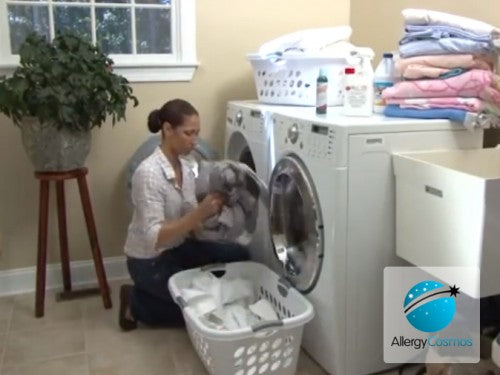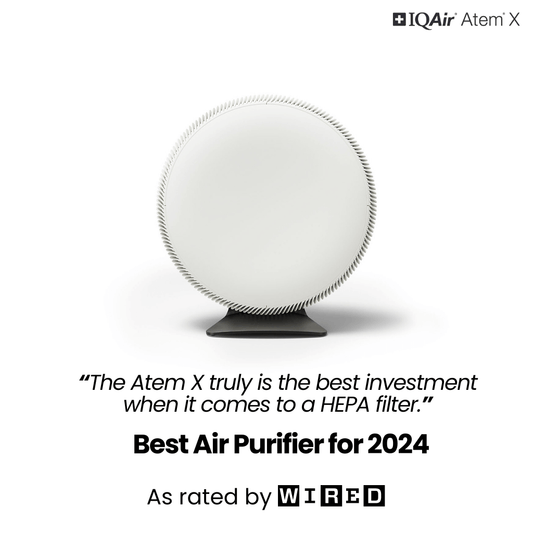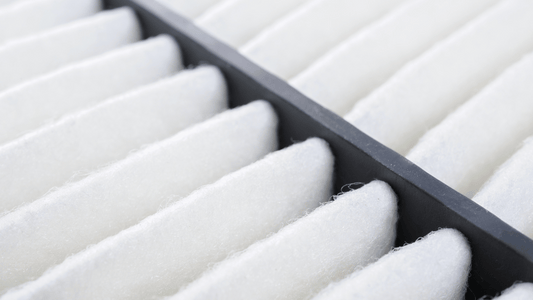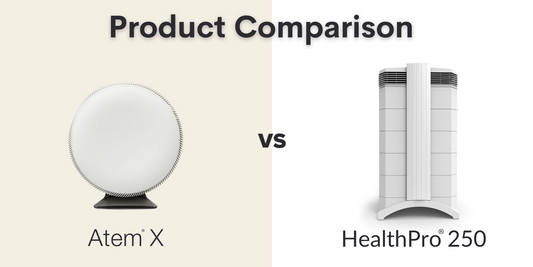House dust mite allergens are linked to allergic rhinitis, dermatitis and asthma. Avoiding this allergen is important in managing these conditions. How to remove dust mite allergens from your home? We know that bedding and clothing are one of the main places that harbour house dust mite allergens. Laundering such items may help reduce allergen burden, but only if the mites and their remains are properly removed during the laundering.
Allergy specialists often recommend washing clothing and bedding every week in hot water (55°C or 130°F). In practice, however, washing is often done in warm, cool or even cold water (the more so with environmental concerns, where we are encouraged to save energy and there are now also detergents that are effective at lower temperatures). Few studies have looked at how effectively house dust mite allergens can be removed at lower washing temperatures, so a study by Larry Arlian and colleagues at Wright State University, Dayton, Ohio, is an important one. The researchers also investigated the important question of whether house dust mite allergens can be transferred to previously ‘mite free’ items during laundry.
Bedding and clothing were first inoculated with lab cultures of Dermatophagoides farina which is one of the two important house dust mite allergen species. Mixed loads of washing were created and were washed in either detergent and bleach, detergent alone or water alone. An unwashed fourth identical load was used as a control. Washes were done in identical washing machines in either cold (22°C to 25°C) water or in warm (36°C to 38°C) water. Live dust mites were analysed after the experiments by vacuuming with a filter, then studying the filter with a microscope to see if mites were present and, if so, how many. For the mite-transfer experiment, mite-infested clothing and bedding were washed together with items that had not been inoculated with the culture. Other experiments looked at whether laundry removed the mite allergen, Der 1, and used immunoassay to measure how much Der 1 was left after the washing had taken place.
Cold or warm washing with water alone, water and detergent or with water and detergent and bleach could remove 60 to 83 per cent of mites from clothing and bedding. Adding detergent alone or with bleach did not significantly enhance mite removal. Warm washing removed significantly more mites than cold washing. It was noted that it was easier to remove mites from some items than from other. Cotton baby blankets, for instance, retained fewer mites than cotton shirts or polyester blankets. Meanwhile, when mite-infested and mite-free items were washed together, there was a transfer of house dust mite allergen which was not reduced by using detergent or detergent and bleach.
In the allergen removal experiments, warm water alone, water plus detergent and water plus detergent and bleach removed 84 per cent, 84 per cent and 98 per cent of mite allergen respectively. The addition of bleach, therefore, improved removal while detergent alone did not, compared to water alone. It was easier to remove allergen from cotton thermal blankets than from cotton shirts.
In summary, washing in warm or cold water can reduce the number of mites on clothing and bedding and the best results are achieved by using allergy-friendly laundry detergents. Previous experiments have shown that allergy friendly detergent with or without bleach is more effective than water alone when washing mite-infested duvets, blankets and sleeping bags. However, the effectiveness of washing also seems to depend on what items are being washed.
The results on mite transfer are interesting and suggest that even freshly washed clothes might expose people to allergens. Furthermore, mites carried on freshly washed clothing might be transferred to sources outside the home such as schools or cars.
The study also shows that mite allergen can be removed by washing. Since it is the allergen, rather than its source (the mite) that causes the allergic symptoms, this is important to know. In conclusion, the researchers suggest that since some dust mite remains after washing, repeated (ie regular) washing is needed to reduce levels still further. Laundering should be coupled with other practices to remove mites from the indoor environment, such as the use of air purifier and leakage free allergy vacuum cleaners.
Source: Arlian L et al (2003). Mite and mite allergen removal during machine washing of laundry Journal of Allergy and Clinical Immunology 111; 1269-1273




